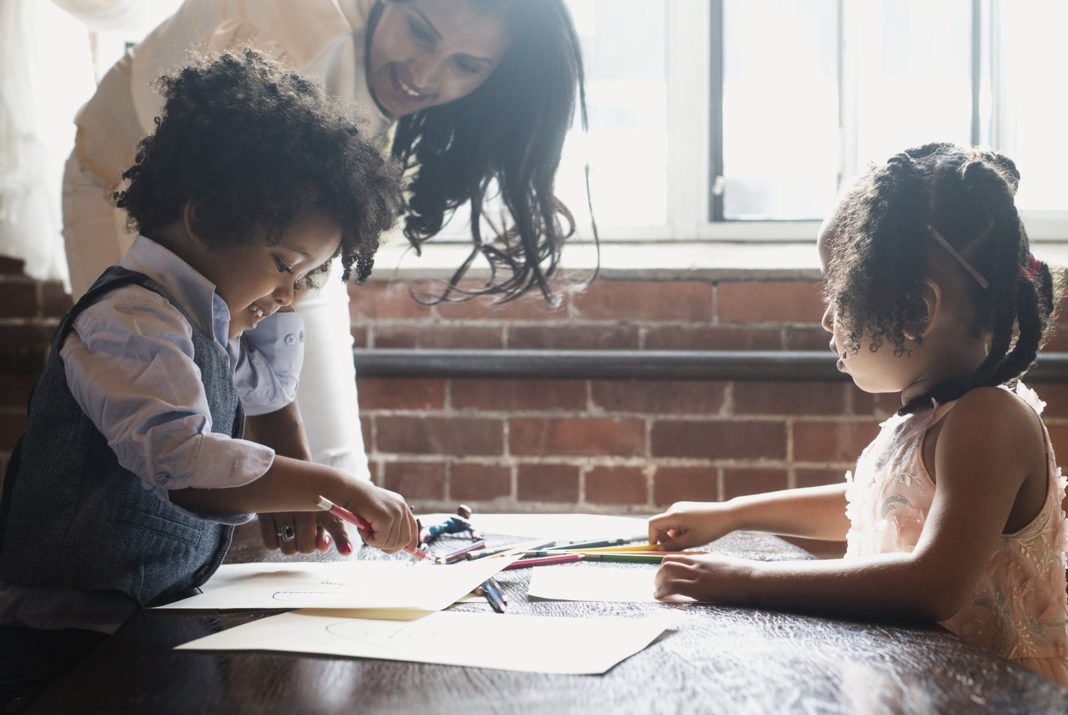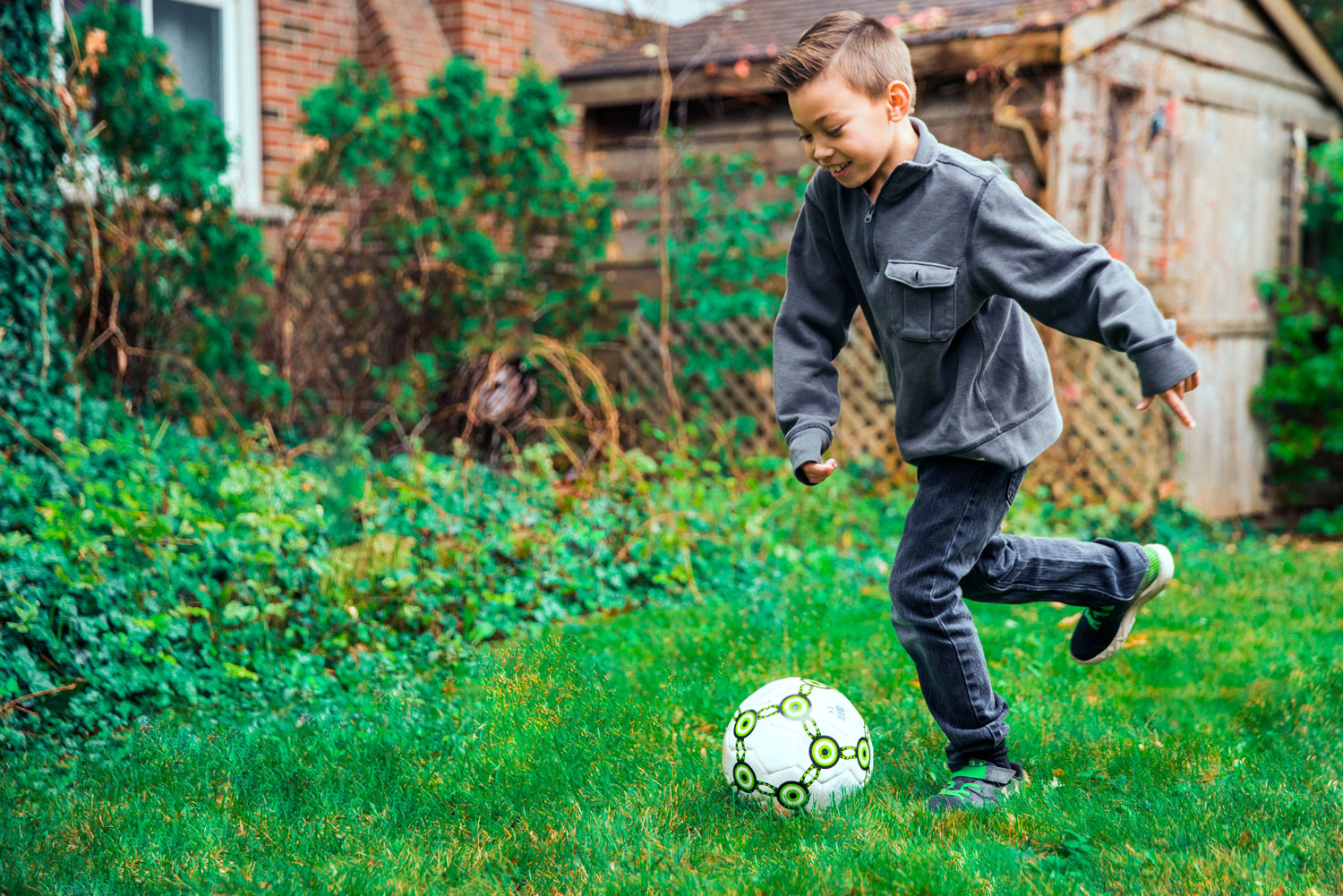
Starting a new school year can be intimidating for students. Teachers who create a safe and inspirational environment early on can reduce that anxiety and put students at ease. Here are a few ice-breakers and get to know you activities that can help everyone feel more welcome and comfortable.
Opening Dialogue and Improving Communication
Communication skills are essential for students in today’s digital-driven world, educator and speaker Oliver Schinkten writes. Cultivating a diverse set of communication skills prepares students for life outside the classroom, and begins a dialogue by which teachers can discover what motivates and inspires them.
Teachers should ask students for their opinions about whatever topic might be of interest to them, Maha Bali, associate professor at the American University in Cairo says. This opens up opportunities for new perspectives on what students value and how they prefer to work and learn.
It’s important to make students active participants in their own learning. Role playing, debates, brainstorming, case studies and audiovisual presentations are all ways to actively involve students in the learning process and get them excited about the tasks at hand, Natassa Manitsa, chief editor at Teacher’s Corner writes. Switching up active learning activities also provides your students with a variety of ways to demonstrate knowledge.
Teachers should focus specifically on diversifying content that students engage with on a daily basis, agrees Marcus Guido at math game and platform, Prodigy. This includes using audio/visual cues along with text and tactile learning tools. Processes, such as working individually and working in groups, should also be mixed in to play to different students’ strengths and provide a fair chance at demonstrating aptitude.
Guido says it’s important to give students choice on how to demonstrate knowledge through projects, leaving assignments open to essay, diorama and video, for example. Part of effective classroom management is knowing how students prefer to work and catering to their strengths. Moreover, remember what students need and strive for can help you create specific lesson plans that adapt and flex to a wide range of needs across varying personality types.

Learning About Your Students
After you’ve opened up communication with your students, it’s time to learn more about their expectations, motivations, interests and strengths. Specifically, TeachThought founder and director Terry Heick defines the difference between what good teachers know about their students, and what great teachers know.
While good teachers know things like favorite subjects, relative strengths and weaknesses, academic expectations and academic progress trends, great teachers know this plus the personal histories, circumstances and learning habits that contribute to a student’s success. Moreover, great teachers know how to help their students succeed both in the classroom and in life.
An easy way to learn about your students in the beginning of the year is to create an inventory or survey. Teacher and blogger Tammy DeShaw suggests asking them about their likes, dislikes, thoughts and opinions. Also take the time to remember these important facts and keep them in a handy and accessible file. That way, you can get to better understand why your students make certain choices, and understand the inherent motivations behind certain actions.
To dig deeper, consider conducting audio interviews, school transformation facilitator Shane Safir writes. Conducting small focus groups is one approach, and having several students present (instead of a one-on-one interview) can help ease anxiety and make them feel more comfortable sharing. The recorded session can then be analyzed later on for deeper classroom understanding.
Primary Icebreakers
Icebreakers might seem cliché, but they can be a meaningful way to break down social barriers in a classroom. Icebreakers can benefit students by easing nerves and tension, elementary teacher Erin Lynch at educational materials publisher Sadlier writes. They can help start the new school year off by fostering friendships, encouraging team building and conversation, and creating an atmosphere of positivity.
Plus, breaking the ice helps students feel safer and more comfortable expressing themselves in the classroom, education curriculum specialist Shayla McGhee points out. One icebreaker game designed to ease younger children anxious about starting school is called A Great Wind Blows. To play, students start by sitting in a circle. When the teacher says “a great when blows for everyone who…[characteristic],” all the students with that trait in common stand up.

National Geographic Learning teacher trainer Alex Warren suggests another fruitful activity that’s great for youngsters. This icebreaker is called 1-minute life stories, and pairs students up for one minute to allow time to discuss important life events. Getting time to talk about things they love, such as families, pets and their hobbies, can really help students feel at ease when they’re in a new classroom.
Sharing goals about the new school year is another impactful way to break the ice, educational consultant Mike Anderson writes. He says it’s important for teachers to ask students what they hope to learn and achieve during their time together. These responses can be recorded on paper or on a chart, and placed on a board for the rest of the class to see.
Thoughtful Icebreakers
More thoughtful icebreakers might be required for students with certain circumstances, such as English language learners. In these cases, it’s important to consider the unique needs and anxieties of your students.
For ESL students, teacher Josh Taylor recommends game called Would I Lie To You?, which is similar to Two Truths and a Lie. It allows students to work in pairs, asking and answering questions about themselves, which can be less daunting for ESL learners than speaking in front of the entire classroom.
Teacher Sue Armory Verner suggests another simple game like Say Cheese. Here, each student is given a small container and told not to look inside, but to shake it instead. Then they’re meant to find the people in the classroom who have the same items in their canisters, but only by speaking to one another and listening to the sounds.
Once they find their partner, they introduce themselves and then answer questions taped to the outside of the container. This requires students to speak English, using some vocabulary that might be unusual for them and have fun all the while.
Images by: Samantha Hurley, Matthew Henry, Nicole De Khors


What do you think?